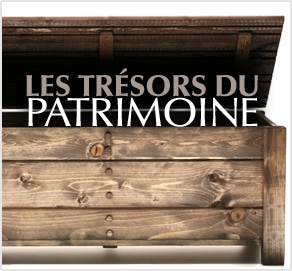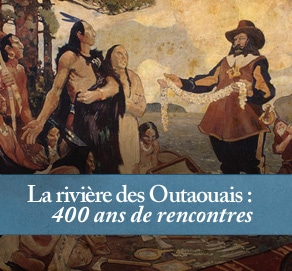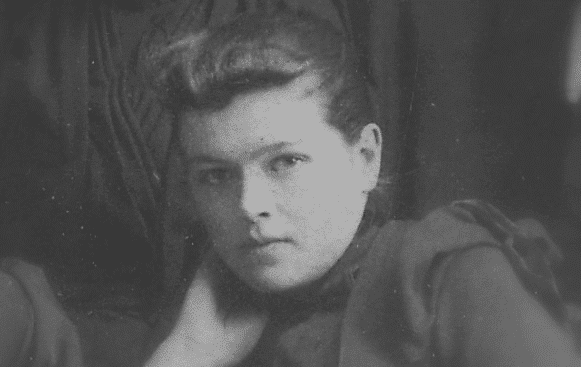
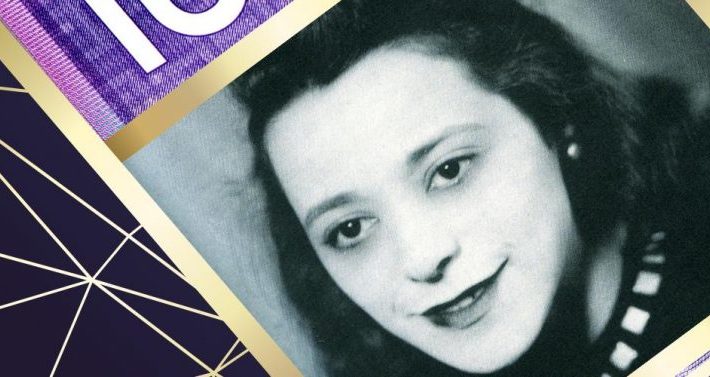

The documentary The West Indian Domestic Scheme Domestic Pioneeers is an oral and community history project started in 2010 by the Ottawa-based non-profit organizations Jaku Konbit and Black History Ottawa. The documentary, directed by Garmamie Sideau, sought to show the contributions of Caribbean women to the National Capital Region and to Canadian heritage. Over the course of two years, Sideau interviewed numerous women who had moved from the Caribbean to Canada to work as domestic workers in the 1950s. The interviews reveal these women’s hardships, perseverance and the immense contributions they made to Canadian culture, and to the raising Canadian citizens.
Officially called the West Indian Domestic Scheme, the 1955 Canadian policy responded to pressure to allow more Caribbean immigrants into the country, so long as they were women willing to work in the domestic field. After working for one year as domestics, they were permitted to take up employment of their choosing and bring family members into the country. This scheme followed decades of racist policies that greatly restricted non-White immigration to Canada, including an official 1953 statement justifying such discrimination on the grounds that West Indian immigrants could not stand Canada’s harsh winters.
Under the Domestic Scheme, around three thousand West Indian women moved to Canada. To be accepted into the scheme, they were required to meet four criteria: they had to be between the ages of 18 and 35 and unmarried, have attained at least an 8th grade education, have passed a medical examination, and been interviewed by Canada immigration. Only successful applicants were authorized to migrate to Canada, and so many of them left families behind when they accepted jobs up North. Of the accepted women, the vast majority moved to Montreal or Toronto, with a number also settling in nearby cities such as Ottawa. This documentary focuses on the women who settled in Ottawa, their experiences and how their lives shaped the Canadian capital for the better.
The sharing of this history was made possible by Jaku Konbit and Black History Ottawa.
If you are interested in watching the entire documentary, it is available for purchase through this link.
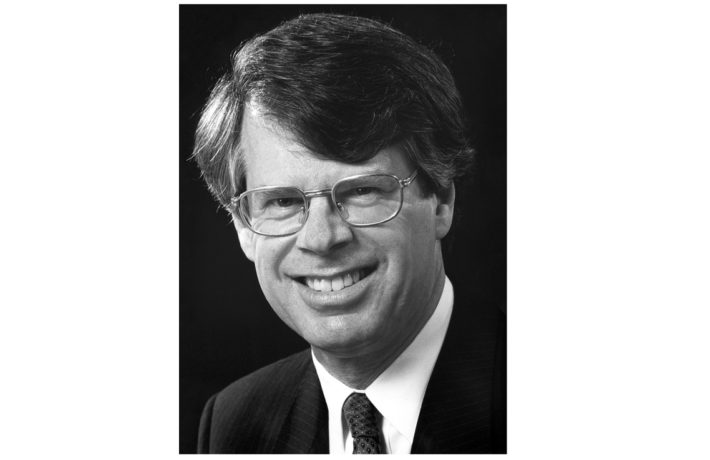
December 31, 1937 – June 20, 1998
The youngest of three children to Salome and Louis Berger, Gerald Berger was born and educated in Toronto, Ont. Berger graduated from the University of Toronto in 1959, received his Master’s Degree in Business Administration from Columbia University in 1961 and moved to Ottawa immediately following graduation to join the Federal Department of Trade and Commerce. He went on to work in various capacities in Defence Production and Industry, with the Treasury Board, the Board Secretariat, and the Prices and Incomes Commission.
In 1972, Berger joined the Department of Supply Services as director general, Supply Planning. In 1974, he was appointed assistant deputy minister, Commercial Supply Service, and in 1982, he became assistant deputy minister, Operations. During that time he was also president of Crown Assets Disposal Corporation, meaning that during the period between 1972 and 1984, he was at one time or another responsible for overseeing all the Government of Canada’s civil and military procurement, including major crown projects; certain foreign aid programs and procurement on behalf of other governments and organizations; transportation and travel; printing, publishing and related services; warehousing, distribution, repair, and other regional services.
Because of his business oriented career, he was seconded from his position in 1984 to become the federal coordinator for Canada’s first Olympic Games in Calgary in 1988. He was also a member of the executive committee and board of directors of both the Olympic Organizing Committee and the Calgary Olympic Development Association—the legacy body of the Calgary Olympics. In this position, Berger pioneered the concept of the federal government being an effective partner in major international events involving significant participation from the private sector.
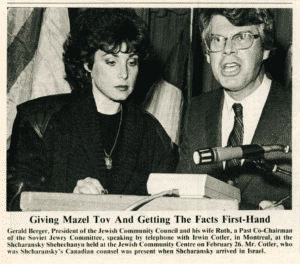
In 1988, he was appointed chair of the Procurement Review Board of Canada, the review authority and bid dispute body established pursuant to the Canada-United States Free Trade Agreement. Four years later, he shifted back into the realm of international sporting events as the appointed federal coordinator for the 1994 Victoria Commonwealth Games and special adviser to the Minister of State Fitness and Amateur Sport. In this same capacity, he represented the Government of Canada in the Winnipeg and Québec City Bid Committees for the 1999 Pan American Games and the 2002 Winter Olympic Games respectively. In 1994, Berger retired from the Federal Public Service and established Gerald Berger Consulting Incorporated and later served as the senior counsel of Government Policy Consultants.
During the 37 years he lived in Ottawa, Berger maintained a high profile in community affairs. He put in countless volunteer hours in a variety of organizations; he was a member of the board of Agudath Israel Synagogue for two terms; was active in the United Jewish Appeal for many years and served as chair of the UJA’s Public Services Division in 1975; he was the first president of the Jewish Community Campus between 1983 and 1985, ascending through the Executive ranks of the Vaad Ha’ir, taking the reins as president of the Jewish Community Council between 1985 and 1987—the first and only actively serving public servant to hold this position. He also was president of the Ottawa Jewish Community Foundation between 1989 and 1991, and was involved with charities including the United Way and the Canadian Institute for the Blind.
Images-
Featured photo: Gerald Berger, André Sima, 1985, Ottawa Jewish Archives, B-035
Clipping: Giving Mazel Tov and Getting the Facts First-Hand (1986, March 14). Ottawa Jewish Bulletin, p. 1.
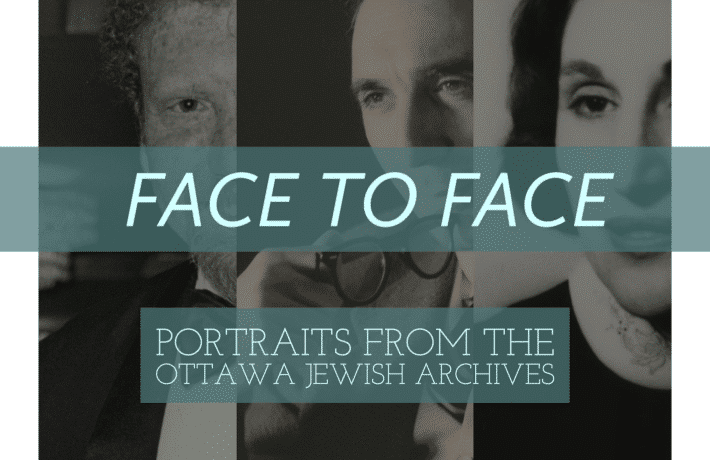
Come face-to-face with notable Jewish Ottawans and learn more about these figures, their lives, and contributions to Canada’s public service and political landscape. Whether they were born in Ottawa or came to the city later in life, these individuals led storied lives and are part of the fabric of our community and our country.
This is a virtual representation of an exhibition originally designed to take up physical space. In the gallery space, the arrangement of portraits mimicked the style of a family photo wall, and like the pictures on our walls at home, they invited us to reflect – they remind us of lives lived with purpose and meaning and they call for us to focus on the very things that make us human.
In this visual representation, we invite you to flip through the photos as if you were going through a family photo album, allowing you to enjoy the portraits in the spirit that the exhibition initially intended.
To learn more about each person photographed in the gallery, peruse the side-menu to open individual biographies featuring images from the Jewish Bulletin.
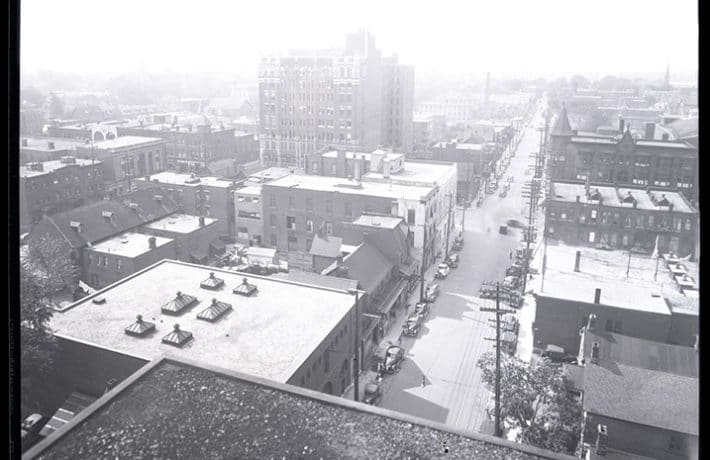

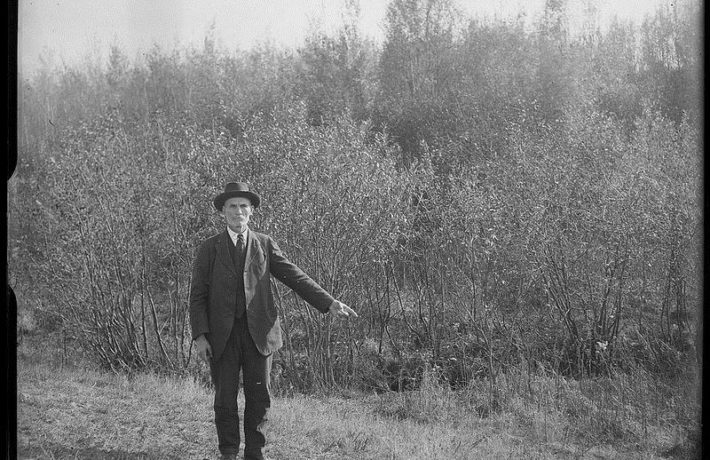
Included in this set of images are photos from one of Macnamara’s scrapbooks. The map of Champlain’s route is not part of the scrapbook; however it is included in this display to show Macnamara’s interest in Champlain’s precise travels and his knowledge of the Ottawa Valley. Also the image of Macnamara himself is from another scrapbook and is included to provide a short biography. The last three images are in the order that Macnamara included them in his scrap book. The first of these three puts the area around the site into context, the next images move incrementally closer showing further details of where the astrolabe was found.
Macnamara’s photos have been scanned from glass plate negatives. Around the side of each photo the emulsion’s edge is still visible and is a reminder of the medium used by Macnamara.
-Ryan Tobalt (AMBA 2013 Summer Student)
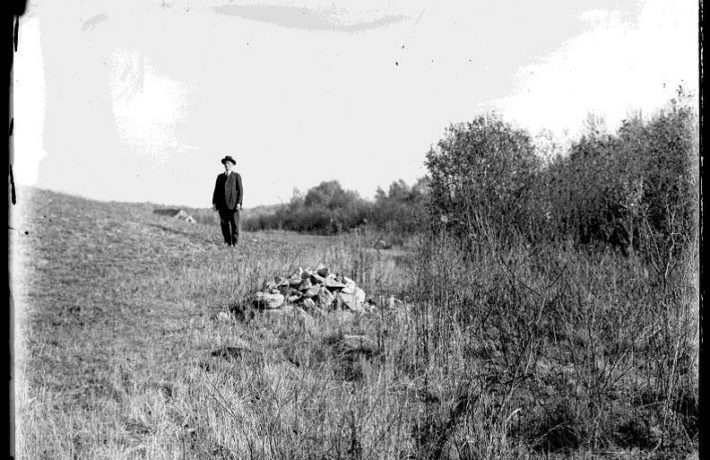
Charles Macnamara lived in Arnprior from 1881 to 1944, and worked as secretary treasurer for the McLachlin Bros. At one point in Macnamara’s life he became quite interested in the 16th century explorer and soldier, Samuel de Champlain. He conducted comprehensive research using his own correspondence with others, his interviews and knowledge of the Ottawa Valley to complete articles, such as “Champlain as a Naturalist” and “Champlain’s Astrolabe”.
It is interesting that in the years following Macnamara’s Champlain articles, the erection of a monument to Champlain on Chats Lake was discussed by Arnprior council. This is documented in the Arnprior Chronicle of January 13, 1928.
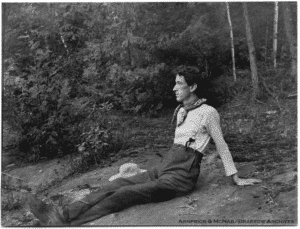
The following is an excerpt taken from Laurie Dougherty’s “Charles Macnamara – A Retrospective”
“Charles Macnamara worked as secretary-treasurer for the McLachlin Bros. Lumber Company for 46 years. From 1908 to 1917, Charles Macnamara was involved with the pictorial movement in photography. During this period he took many award winning photographs which have been published in multiple articles and photographic journals. Charles Macnamara was also an amateur entomologist, historian and field naturalist who contributed articles to various publications throughout his lifetime.
During his time in Arnprior, Macnamara became extremely interested in Champlain’s Voyage through the Ottawa valley. Correspondence shows that he took a great deal of time and effort preparing articles, such as “Champlain’s Astrolabe” and “Champlain as a Naturalist”. It was in 1919 that E.D Lee and Charles Macnamara made their way to the site where the astrolabe was found on green lake. Thanks to Macnamara’s detailed nature, there are today photographs of what they saw on their excursion and a precise account from E.D Lee himself.”
The Charles Macnamara collection is a wonderful piece of Ottawa Valley heritage and is preserved at the Arnprior & McNab/Braeside Archives.
